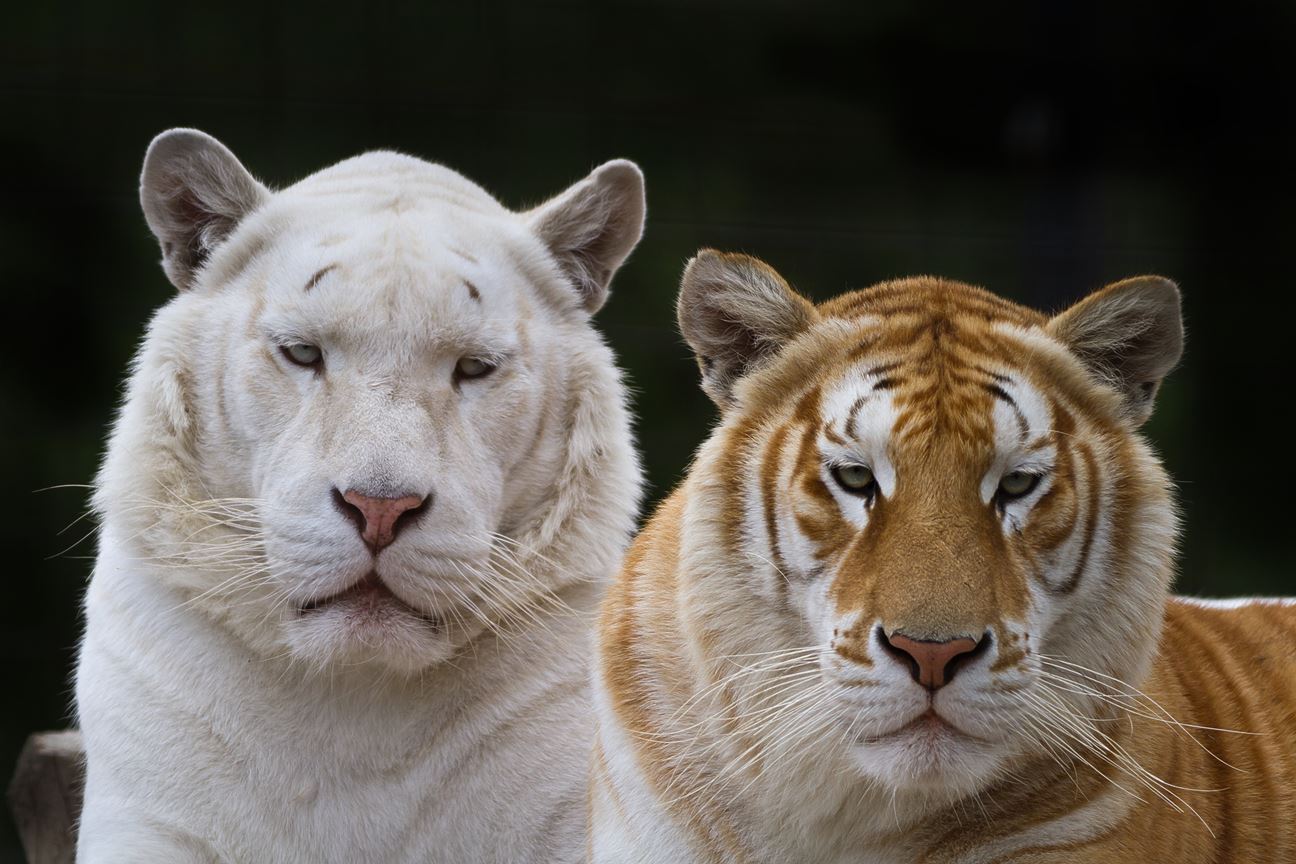The photos of a golden tigress in the Kaziranga National Park have been creating a lot of buzz lately. However, forest officials say it’s not a reason for celebration and indicates bigger issues.
Golden tigers, also known as golden tabby tigers or strawberry tigers, are found in various zoos and breeding centres across the world. However, it is extremely rare to find one in the wild. One such golden tigress was spotted in the Kaziranga National Park of Assam recently.

The viral picture of the golden tigress was clicked by Mayuresh Hendre and shared by Parveen Kaswan, an Indian Forest Service officer on Twitter. The tigress is named Kazi 106-F and was clicked on 6 different locations during October-December 2019 by Mayuresh Hendre. The tigress has a lighter brown coat with narrower and lighter reddish stripes. The abdominal and facial areas are whiter, compared to the original Bengal Tiger. Some injuries or battle scars could be prominently seen in the shared photos. Her left ear seemed to be a little torn, and she had scars on her face which are likely because of territorial fights. Fortunately, the officials have reported that she has completely recovered.
Also, this is not the first time this golden tigress has been spotted. She was spotted in 2014 for the first time. Later, she was spotted on camera in 2015, 2016, and 2017. The tigress was seen with another tiger in 2016, but it was unclear if the other tiger was a mate or a cub. This year she must be over 5 years of age, hence a sexually mature adult. She might mate and give birth, which raises the question if the genes will be passed or not. The forest officials also report that there are three more golden tigers in the park.

These cats are not a separate species. Just like white tigers, they look different because of different genetics. The yellow colour in tigers is controlled by the ‘agouti genes’ and the black stripes by ‘tabby genes’ and their alleles. The agouti genes interact with pigment cells to produce the distinct bands and pigmentation of the skin. The absence or non-production of these genes may lead to colour variation.
A research officer in Kaziranga said that finding this unique cat is an indication of a bigger problem. Habitat destruction and loss of connectivity with other tiger areas force tigers to resort to inbreeding, which is the reason behind the colour difference. Inbreeding is when two related individuals mate, hence increasing the chances of an affected offspring.
A recent study by the Cardiff University and National Centre for Biological Sciences brought up a concern that Indian tigers no longer possess 93% of the genetic variation that existed in the tiger population during the British period. India is home to the largest population of wild tigers, hence more care should be taken. Recently, India's Tiger Census also made it to the Guinness World Records for being the world’s biggest wildlife survey.
Creating more tiger corridors is one solution to the problem. Tiger corridors are stretches of land that connect two forests or protected areas which ensure the movement of tigers and other animals. Then, they could easily move beyond their range and mate with other tigers from a different area.
Despite all this, we can't ignore the fact that there has been a substantial growth of over 200% in the tiger population here. The Assam state had only 70 tigers in 2006, including the tigers in all 4 tiger reserves. Kaziranga alone has an estimated population of 120 tigers, according to a recent count!